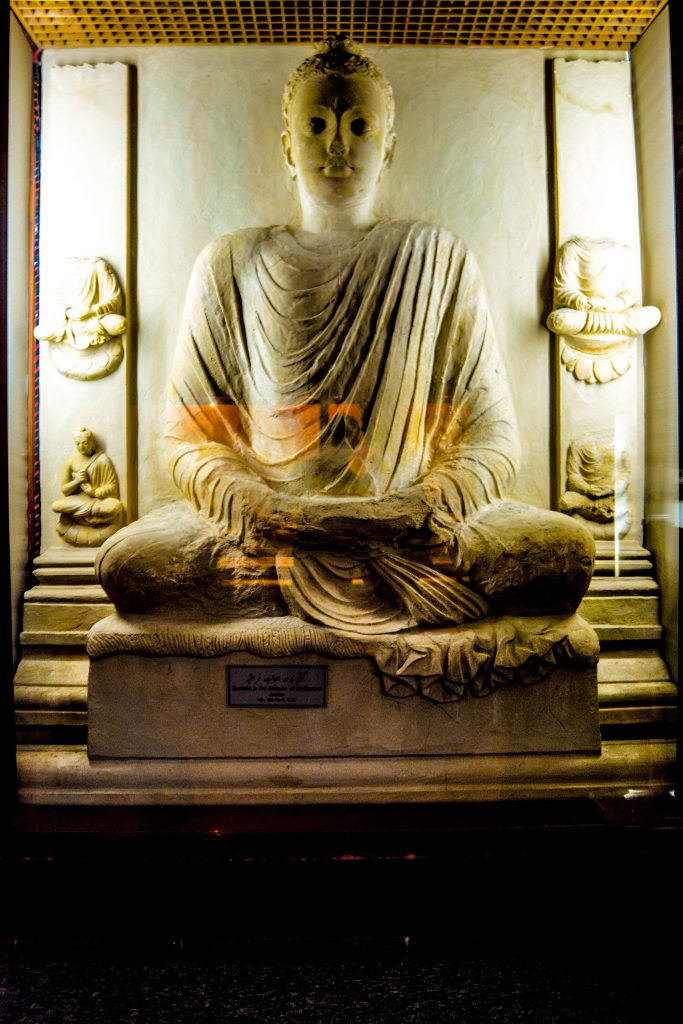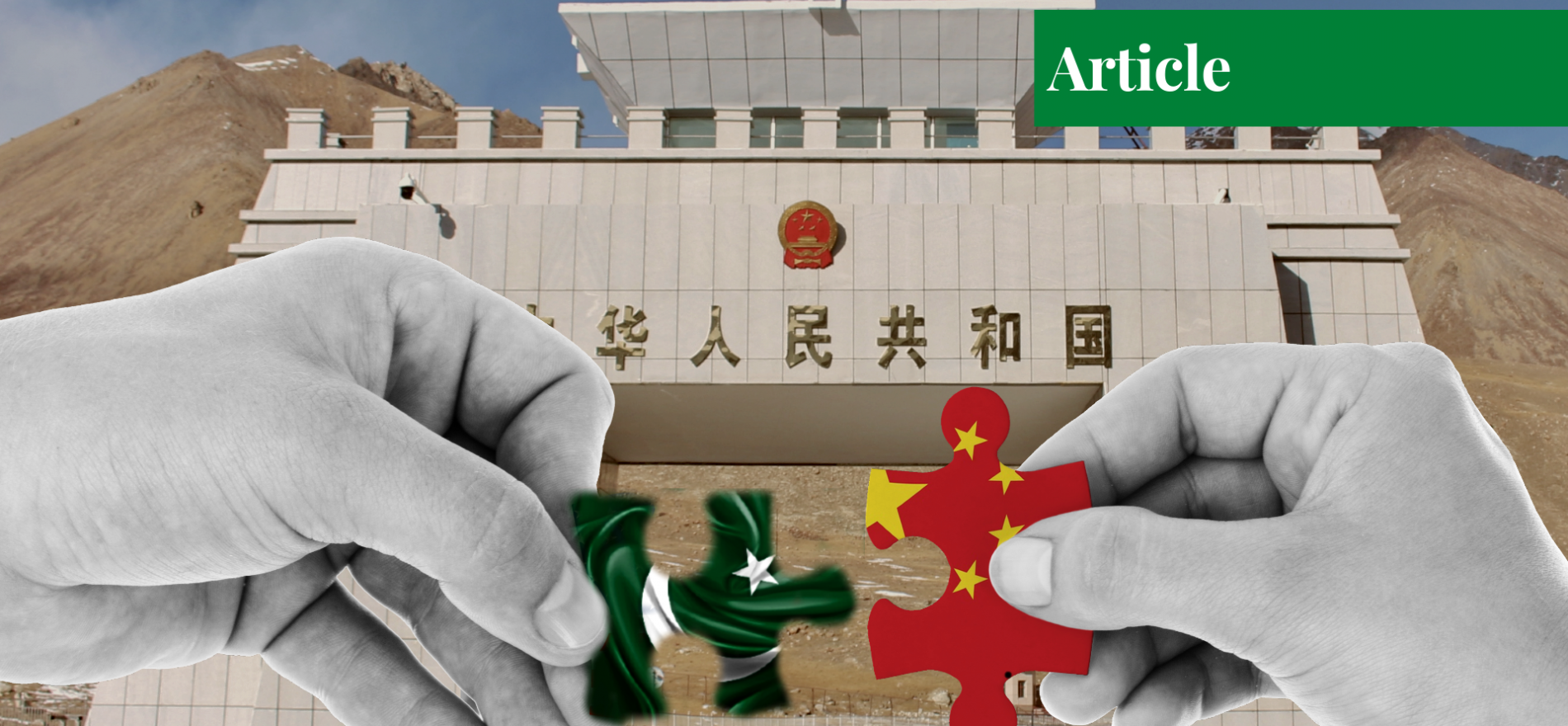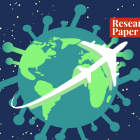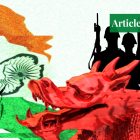Henri is an economist and contributor to Nkafu policy, a think tank. Before this, he was an economist and macroeconomic strategist at Roubini Global Economics, one of the leading economic research providers in London.
Introduction
In recent years, Pakistan has sought to expand its connectivity and increase the resilience of its domestic infrastructure to boost trade with its neighbours. In April 2015, Pakistan officially signed up for the China-Pakistan Economic Corridor (CPEC) – which is a major part of China’s Belt and Road Initiative (BRI). Five years later, the transformational projects have significantly enhanced Pakistan’s infrastructure – despite a few mishaps along the way. The China-Pakistan Economic Corridor comprises of a range of transport and energy agreements, which promise transformational gains for Pakistan’s economy.
However, it is too early to determine the economic spillovers from the infrastructure projects, as only a quarter of the agreed projects have been completed so far. The projects under CPEC, the majority of which are coal plants with significant environmental and health effects, are indeed a worrying conundrum. During this time, Pakistan received a large bailout from the IMF since the Pakistani economy took a major hit in 2018 (and deficits soared). While this cannot be attributed to the project, it has played a role in the economic frailty that has come to characterize Pakistan in recent years.
Nevertheless, CPEC holds the promise of immense benefits for Pakistan’s economy, with sectors such as tourism likely to benefit from China’s growing middle class – and the imminent economic cooperation that will potentially augment the cultural ties between both countries. To understand the full benefits of the economic corridor, one needs to look at the potential benefits that will serve the Pakistani economy over the long-run – rather than emphasize the short term economic fallout from the aforementioned projects.
Affluent Chinese Tourists: Increased Benefit for Pakistan
Not only will China-Pakistan Economic Corridor attract a growing number of Chinese tourists, the number of visits to renowned sites such as Gilgit-Baltistan will also rise due to enhanced transport links and regular bus services. The topographic haven with snow-capped landmarks is home to over 50 mountains – spanning 7000 meters. These destinations have proven to be a viable source of tourist inflow, evidenced by the fact that the last decade alone has seen a surge in the number of tourists (which peaked at 500,000 in 2015). This number could easily surpass a million since BRI projects are attracting more and more ex-pats as infrastructure projects proceed.
Moreover, affluent and curious Chinese tourists are flocking to the region for holidays and entertainment. Furthermore, as Alipay facilitates secure digital payments, Chinese consumers are likely to boost the Pakistani tourism sector. Pakistan recently launched an expeditious visa application system for Chinese citizens (who are increasingly Asia-bound due to factors such as geopolitics, and COVID-19). In 2018, the number of Chinese visitors who obtained visas to Pakistan stood at 55,000, and this number is set to increase due to increased trade, cultural factors, and improved infrastructure links (facilitated by CPEC).
It is important to note that tourism may largely benefit the Pakistan economy over the long run, as affluent Chinese consumers, famed for their consumerism, are highly likely to buy high-value goods and services during their stay in Pakistan. This is even more salient as the United States has imposed visa bans on China, even while the European Union ironically excluded the United States from the list of countries that are allowed non-essential travel into the EU. The EU is disinclined to lose Chinese consumers and has therefore opted for reciprocity with China i.e. Chinese authorities must allow in EU visitors as well.
While tourism will have the inevitable effect of improving ties across both countries, it will equally enhance the cultural links between both populations over the long-term. For Pakistan, this will also further enhance the relationship, and possibly create a ready-market for Pakistani goods and services that can become a symbol of economic and diplomatic cooperation with the Chinese economy. As such, the affluent Chinese consumer will not only be incentivized to travel to Pakistan over the medium term due to enhanced transport links and improvements in Pakistan’s security – they may also seek to understand parts of their shared culture with Pakistan.
Significant Buddhist Religious Sites in Pakistan – Enhanced Cultural Linkages for China
“Pakistan may be the next big thing in Buddhist historical-site tourism” due to its massive Buddhist legacy. Tourism and culture are intertwined in the case of China-Pakistan tourism. The historical cities of Taxila, Mohenjo-Daro, and Harappa are a few thousand years old and are a special attraction for Chinese visitors. The Gandhara civilization is considered distinct by the Chinese due to its prevalence as the cradle of Buddhism. The Buddhist population (18% of the total Chinese population) will see this shared heritage leveraged in the future via increased tourist exchanges and culture-trips.
Additionally, the Folk Heritage Museum is renowned for its contribution to regional culture and has a rich set of Buddhist sculptures that have come to signify the essence of the Buddhist religion. The common elements of culture shared by China and Pakistan will serve as an anchor for the Pakistan-China relationship in the coming years – possibly amplifying diplomatic ties and boosting tourism.

Increased Trade Linkages: Increased Opportunities for Pakistani Students
China is admittedly more economically and technologically advanced due to its strong education system that emphasizes STEM (Science, Technology, Engineering, and Mathematics). To put this into context, there were 77.7 million Chinese STEM graduates in 2016, making it second only to India which saw 78 million graduates in advanced industries such as health sciences, robotics, machine learning, software development, and big data. To benefit from the current cultural and economic linkages with China, Pakistani students have increasingly been travelling to China to study disciplines that will form the basis for sustained economic growth in their home country.
In 2017, the number of Pakistani students in China stood at 22,000 – making them the third-largest group of foreign students in China. According to an estimate, there was a significant rise in the scholarship ratio provided to Pakistani students during the last two years. In the wake of these new developments, cultural and social changes were also on the rise. Not only do these students go to reputable universities, but they also enjoy religious freedom.
The China-Pakistan Economic Corridor will bolster trade linkages between both countries, enabling Pakistan to industrialize in a manner that integrates its goods and services with Chinese supply-chains. In the short run, the negative externalities from CPEC-related projects tend to come to the fore. A closer look at the relationship suggests that both China and Pakistan stand to benefit from the local cultural (and even religious) links, which will serve as an anchor for tourism in the long run – as improved transport and payments infrastructure become the basis for greater Chinese tourism into Pakistan.

Additionally, the cultural links that are currently understated in the China-Pakistan relationship may ensure greater diplomatic ties in the future. Moreover, whilst the affluent Chinese tourists are unable to visit countries like the United States, they are likely to prioritize Pakistan due to the aforementioned factors. The CPEC is an economic anchor for the Pakistani economy, but its benefits span tourism and cultural linkages that are likely to only grow stronger over the coming decade.
If you want to submit your articles and/or research papers, please check the Submissions page.



















